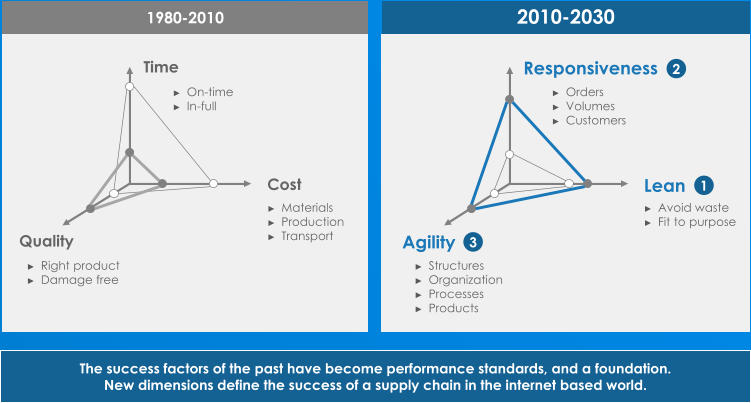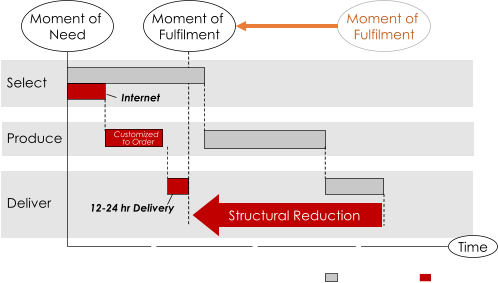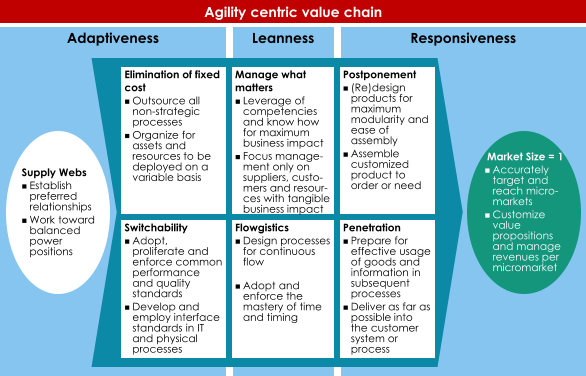

- Value Chain Excellence
- Company Business Performance
- Supply Chain Performance
- Supply Chain Strategy
- Integrated business management (S&OP)
- Digital Transformation
- Operational Improvement
- Transparency
- Complexity
- Agility
- Responsiveness
- Customer Needs
- Delivery Reliability
- SC Segmentation
- Inventory optimization
- Throughput Times
- Order Management
- Planning Excellence
- Cost management
- Logistics Cost
- Working Capital Optimization
- Supplier Optimization
- Transport Optimization
- Network Optimization
- Post Merger Integration
RESPONSIVENESS TO CUSTOMERS REQUESTS
Responsiveness to customer requests is a
key requirement in today’s fast moving
world
•
Market demands shift quickly today.
The attractive products of today are
tomorrow replaced by another hype
or trend, driving the consumers to buy
different products, services, or from
other sources.
•
The fact that consumers, having
instant access to manifold changes
using the internet drives the speed of
their decisions, and the speed of
ordering. Fast delivery via download,
or by fast delivery modes of service
providers makes the product quickly
available, and matches up with the
speed of access and ordering.
•
This creates a massive effect of
getting used to speed as a standard.
•
At the same time, even “Business-to-
Business” customers face a more
volatile situation; their sales portfolio
changes, their inventory buffers have
been reduced through “working
capital optimization” initiatives, and
they rely even more on accurate
demand plans which are very likely to
change. Thus their orders to their
suppliers change quickly in product,
timing, and volumes.
•
The ability to respond quickly are
founded on a wide set of required
enablers, techniques, processes, and
IT systems. These need to be geared
towards flexibility in a short period of
time, not just for fast delivery.
•
But is not about responsiveness alone;
there are many ways to make the
supply chain more nimble and
adaptive, more effective and efficient
by applying lean thinking, and to
design the access to customer in a
more responsive way.
•
IN-NOVA has developed a toolbox to
increase responsiveness, which needs
to be configured to every client in a
different way to fit to markets, internal
processes, and overall supply chain
capabilities. This is also where supply
chain maturity plays a vital role.


















